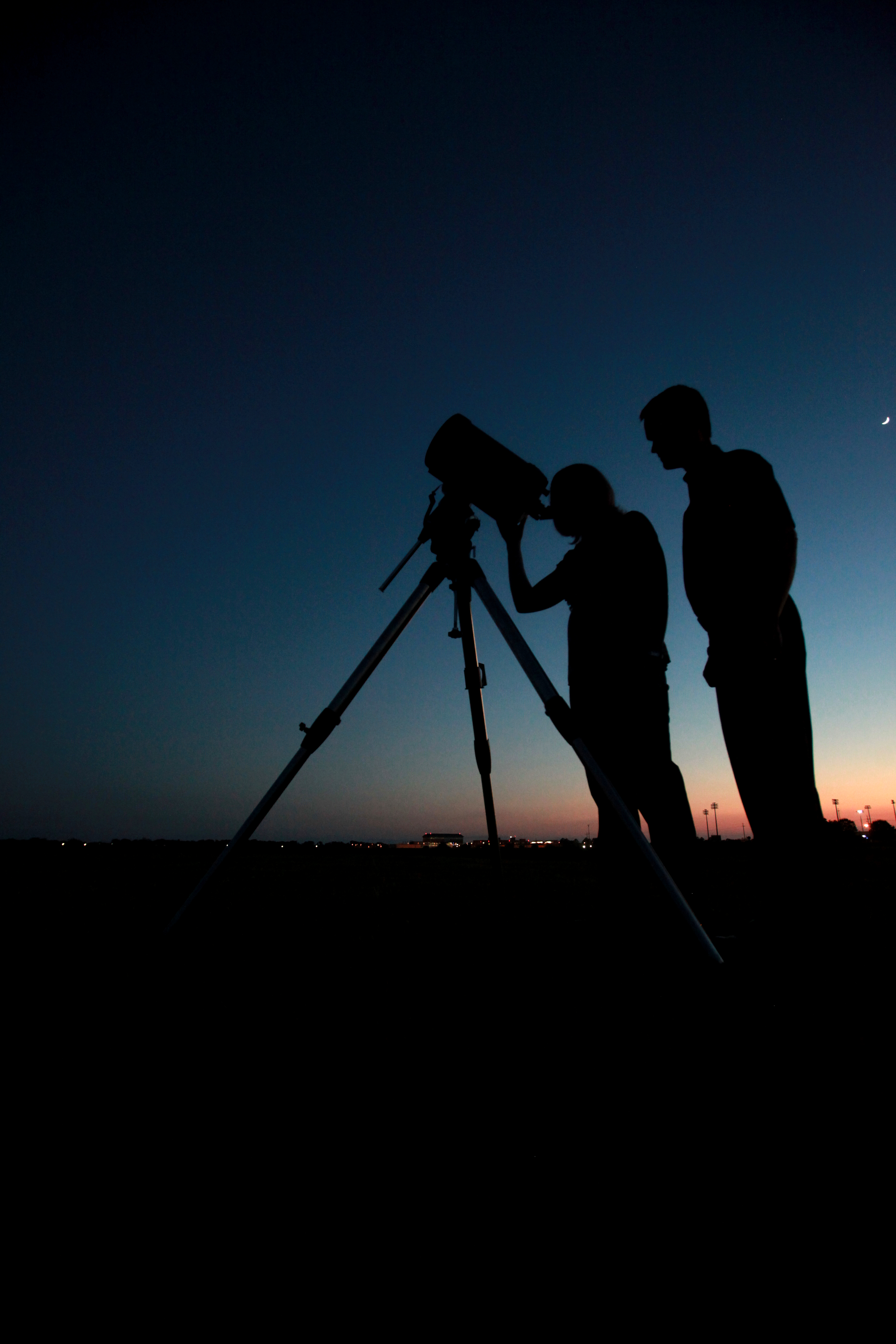

When spending only $400, you are very limited in just what you can accomplish. If you want to use a camera, more restrictions on the scope and mount. If you also want to use for camera, this places more restrictions on the scope and on the mount.Ģ) If you want to view deep sky objects, a shorter focal length is probably better, but now you need more aperture to gather light. And if you want to use your camera with the scope, even more restraints.ġ) If you want to see planets, you need a lot of focal length. Unfortunately, there is no one scope that does it all. I'd like to be able to view the rings of saturn, jupiter's red spot, mars' ice caps, etc.Ĭan someone recommend a setup? I am currently looking at: I have around $400 to spend on a telescope. With just the eyepiece, 48x, nice views of nebulae and galaxies can be seen.

Buy a 12 mm eyepiece and double the magnification again, and some nice planet views can be had. The second, with a barlow, will give 96x magnification with the included eyepiece. These are visual only telescopes, but will give nice views. Example of a quick google search, an Orion 8944 SkyQuest XT6, $239: How about a 6-inch Dobsonian telescope, like 6-inch f/8. If they're to be used for images of almost anything outside our solar system, they require tracking equatorial mounts that will generally cost several multiples of the cost of the telescope. Since you mentioned your camera, however, I must hasten to add that the SCT and Mak designs are not good choices for starting out in astrophotography. Even with the longer focal lengths, though, you'll probably want a good barlow lens. Celestron, for example, has its 127mm SLT Maksutov priced about $40 above your price point, on the same kind of mount. Detail of any kind on Mars will probably be unattainable.Īt the price point you've given, you would probably be better served with a scope of Schmidt-Cassegrain or Maksutov-Cassegrain design. You'll be able to see that Saturn has rings, and you might be able to make out the Cassini Division on good nights, for example, and you'll definitely be able to see the largest moons of Jupiter, but seeing the GRS will require exceptional seeing. At 650mm, you might think of it as being long for a camera lens, but in the telescope realm, it's still what's often called "wide field." Planets will be just tiny disks in the field of view, discernible as planets, but without the kind of detail you might be expecting. That scope also lacks the focal length you'd want for the specific planetary views you've mentioned.


 0 kommentar(er)
0 kommentar(er)
